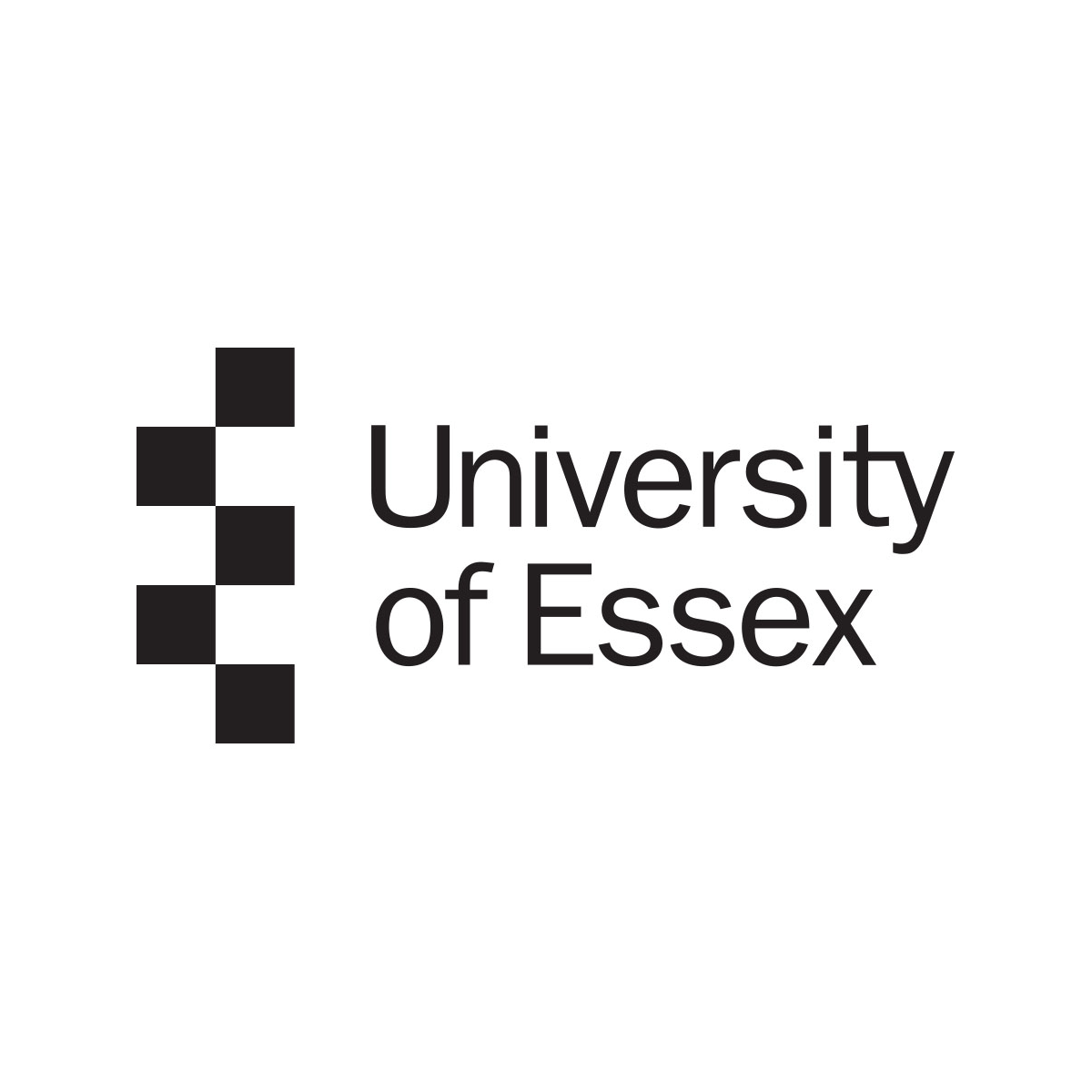We are part of the European University Alliance YUFE which puts equity, diversity and inclusivity (ED&I) at the heart of its identity. As part of this important partnership, Essex plays a key role in leading the work around ED&I.
Here we ask Karen Bush, from the University of Essex, who leads YUFE’s ED&I work package (WP9), to explain YUFE’s new Gender Equity Plan.

What is the YUFE Gender Equity Plan?
YUFE’s Gender Equity Plan supports our vision of building a European University Alliance where values such as inclusivity, trust, respect, student-centredness and social responsibility are part of our DNA.
It sets out how we will foster an inclusive environment for all, regardless of their gender identity or expression. This includes, but is not limited to, women, men, transgender, non-binary and gender-fluid individuals as well as other (gender) identities.
How can the YUFE Gender Equity Plan support staff and students at Essex?
The YUFE Gender Equity Plan complements Essex’s Institutional Athena Swan Action Plan 2024-2029 and together, they can be used by staff applying for Horizon Europe funding as evidence that Essex meets the eligibility criterion of having a Gender Equity Plan in place. Staff and students at Essex will also be able to participate in the YUFE-wide initiatives we will develop, for example our YUFE network for gender equity.
Why does YUFE need a Gender Equity Plan?
In February 2024, YUFE became a legal entity - an international non-profit association submitted under Belgian law.
This means that YUFE is now an employer, which brings with it particular responsibilities, including needing to develop its own policies. Having a Gender Equity Plan in place also makes YUFE eligible, as a legal entity, to apply for Horizon Europe funding.
Were there any particular challenges which you had to overcome when putting together the Plan?
Stakeholder engagement can be challenging when developing policies within an institution, but when developing a joint policy for ten institutions it is even more challenging!
Also, very few European University Alliances currently have developed any ED&I-related policies so we had very few examples to guide us.
The benefit of this is that YUFE is seen as a front-runner in promoting ED&I in a European University Alliance and other alliances are using our policies to guide them! We are very proud of this.
What are a few of the key goals for the Gender Equity Plan?
Our Gender Equity Plan contains progressive and ambitious actions to be implemented at the YUFE level.
From this we hope to inspire the YUFE community, and, in particular, the partner institutions that shape our alliance, to adopt actions from the Gender Equity Plan to further strengthen their own existing policies and develop new ones.
For example, we will encourage partners to develop new gender-related health and wellbeing initiatives, a topic that does not have the same focus in Europe as it does in the UK, through raising awareness of the potential impact on those experiencing menopause, menstruation, endometriosis, fertility treatment, pregnancy, early pregnancy endings and gender transition.
Where can we find out more about the Gender Equity Plan?
The Gender Equity Plan can be found on the YUFE website’s pages dedicated to equity, diversity and inclusivity.



